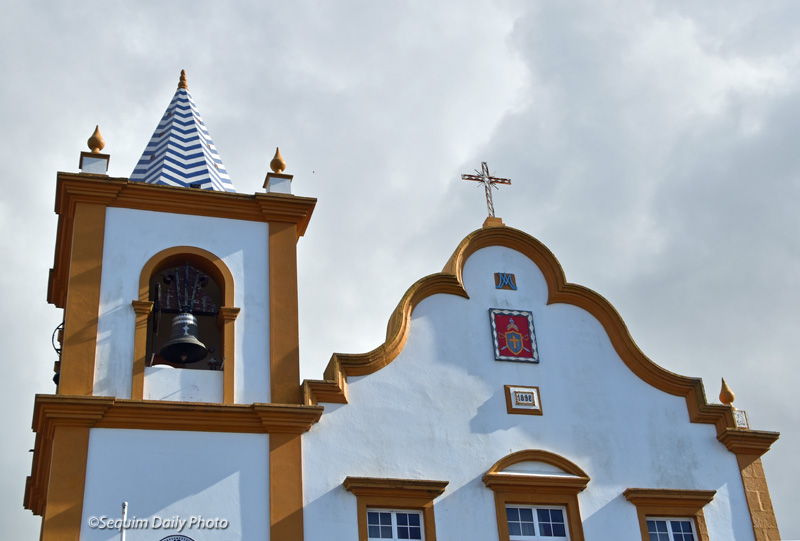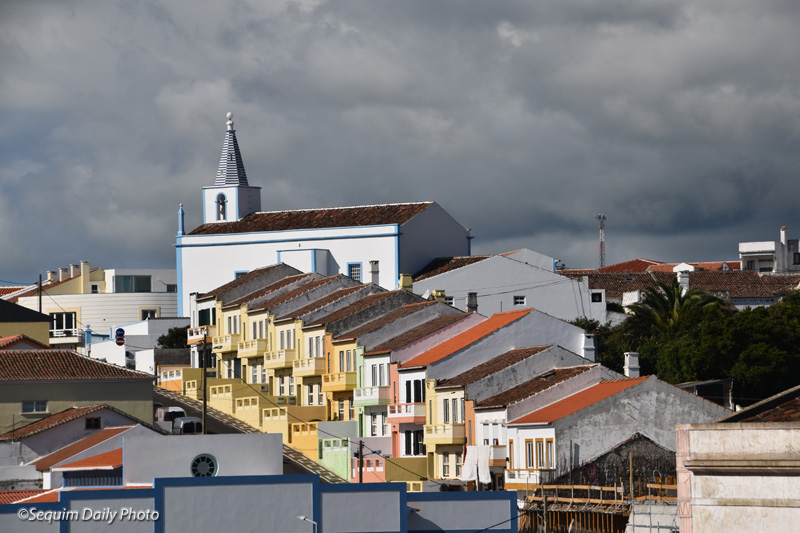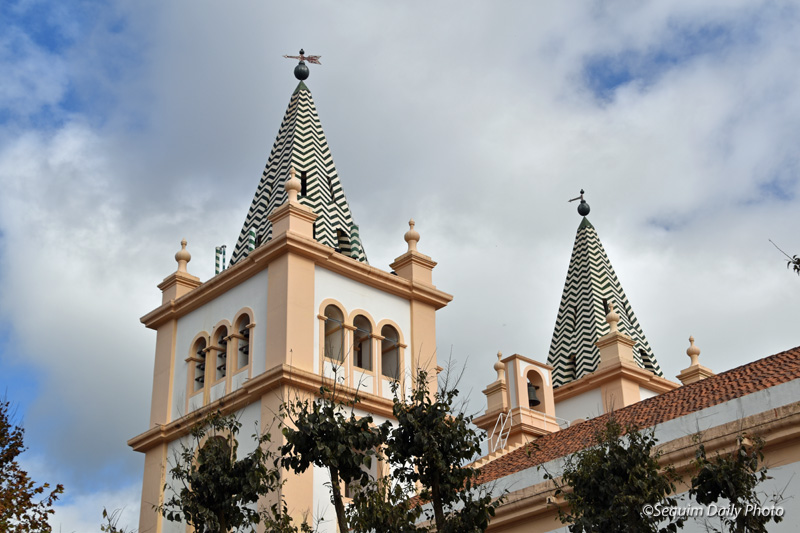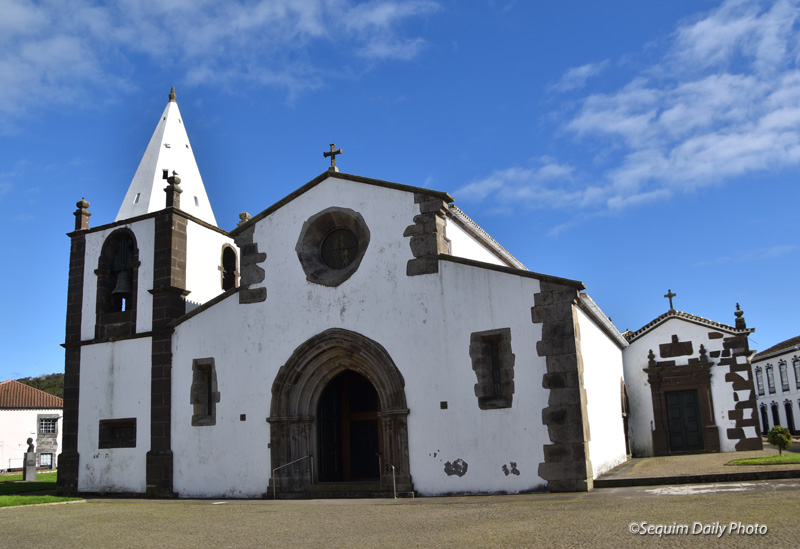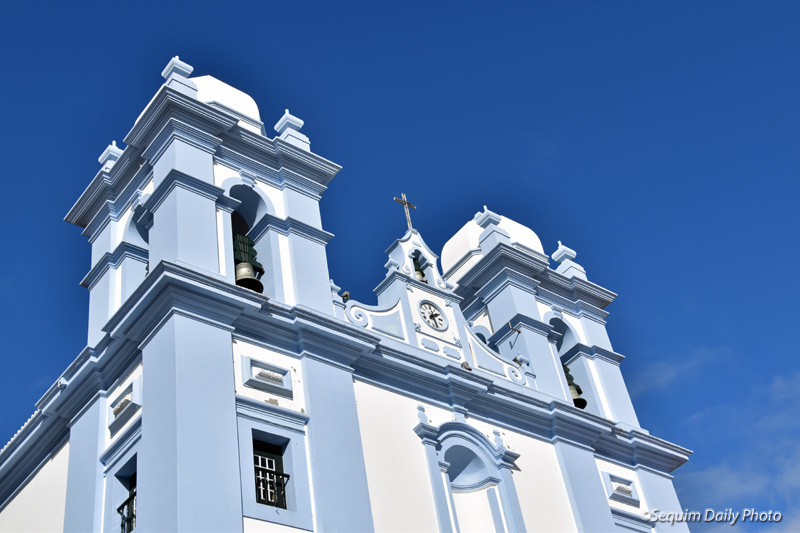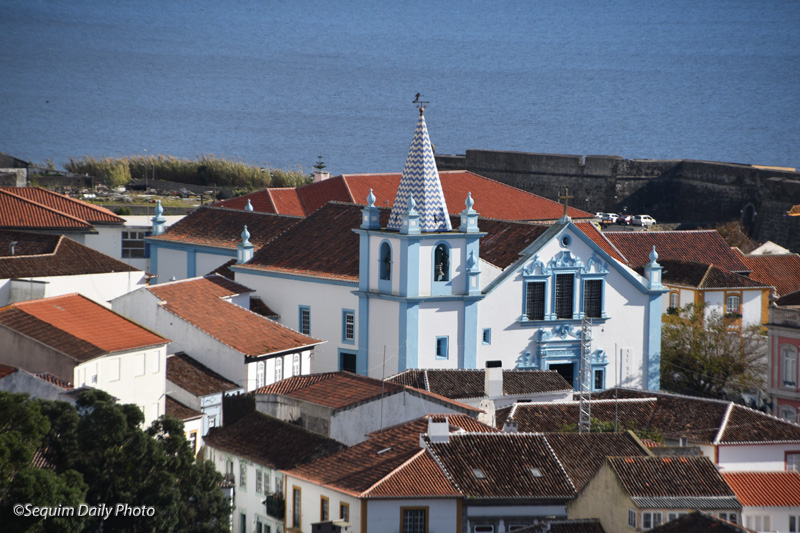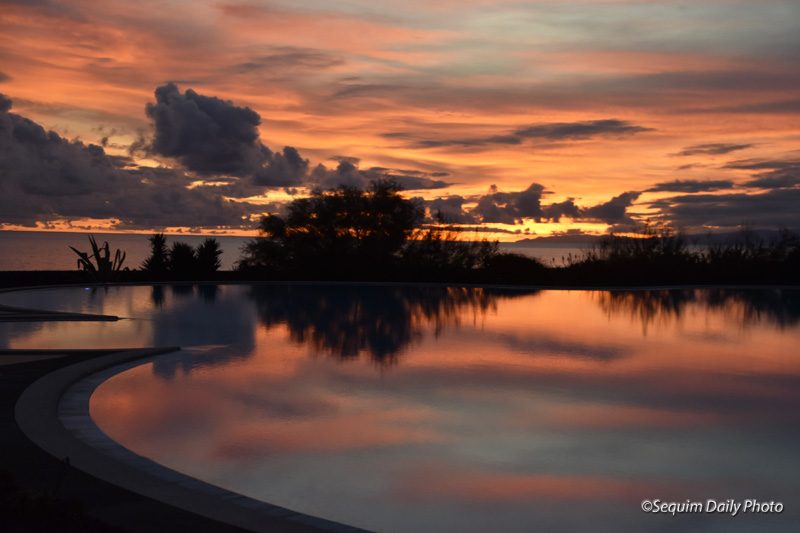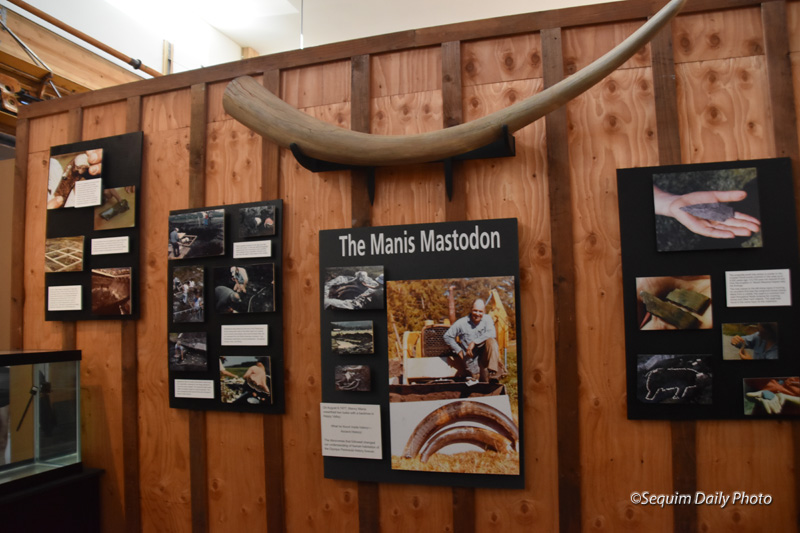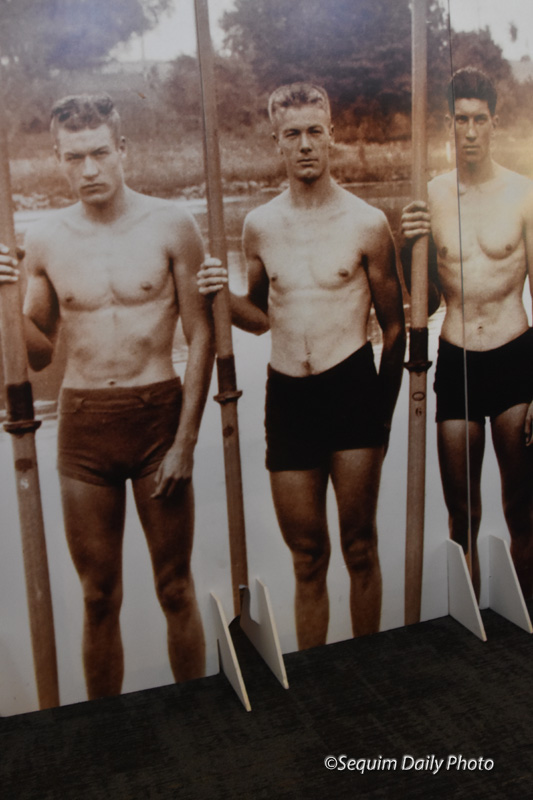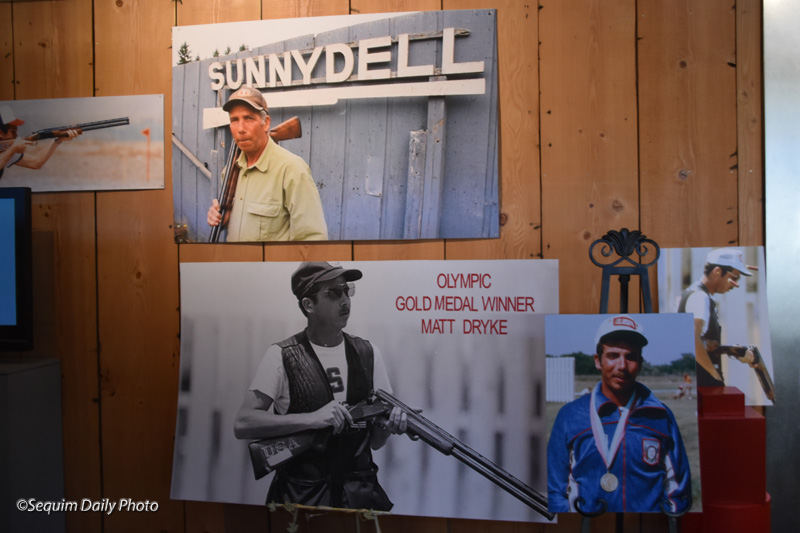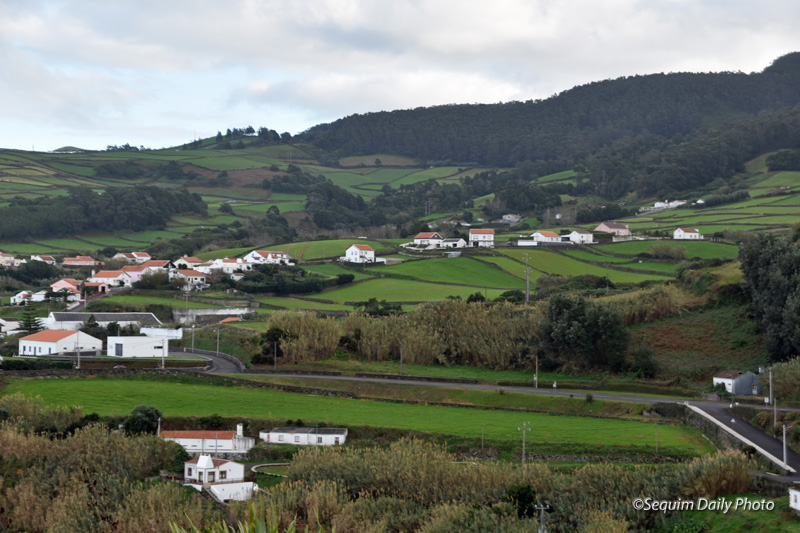
We’re accustomed to traveling independently but without a great guide book or a lot of study it’s easy to miss a lot, even on a small island like Terceira. But a bus tour didn’t appeal. So…
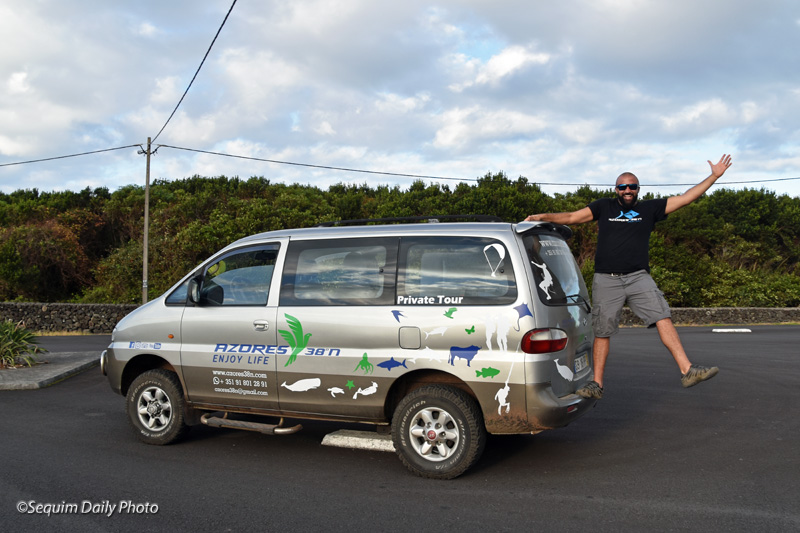
We hired our first-ever private guide, Gui Bruges of Azores 38N, the very best thing we did during our stay. Gui was informative, upbeat, and a lot of fun. And most of the time he was at the other end of the van above, driving.
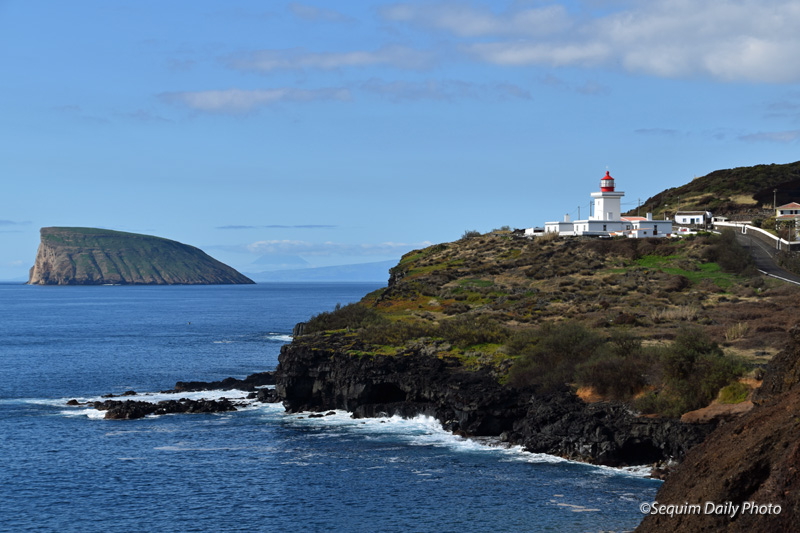
We could have driven ourselves but we’d never have found the overlooks and beautiful spots like this that Gui led us to. Not to mention that we’d probably still be wandering, lost, on the narrow, unsigned roads that lead to the best places.
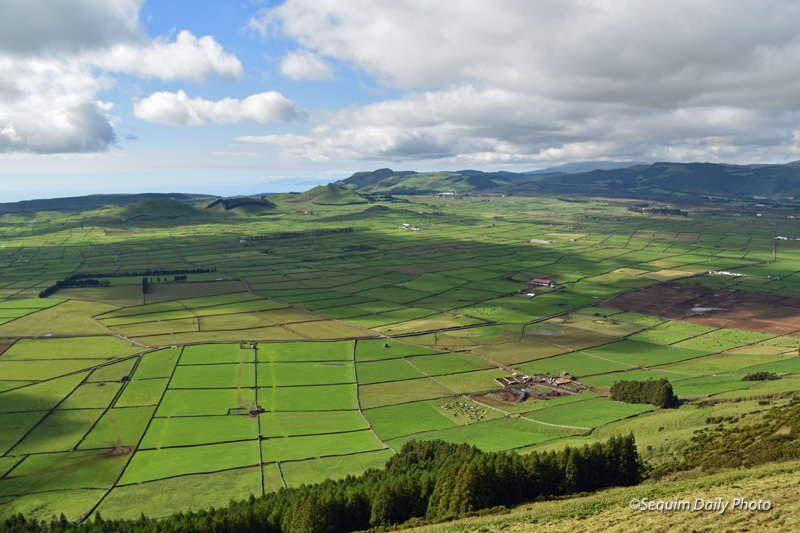
We toured with Gui for two days, exploring the Terceira coast and its history and the volcanism that created the island. The farmlands above are notable in that the lines you see are rock walls that divide the fields. These walls cover the island, hundreds of miles of them.
The Azores were formed by underwater volcanoes sputtering to the surface of the Atlantic, spewing lava. As with other rock strewn lands, when the land is cleared the rocks have to go somewhere.
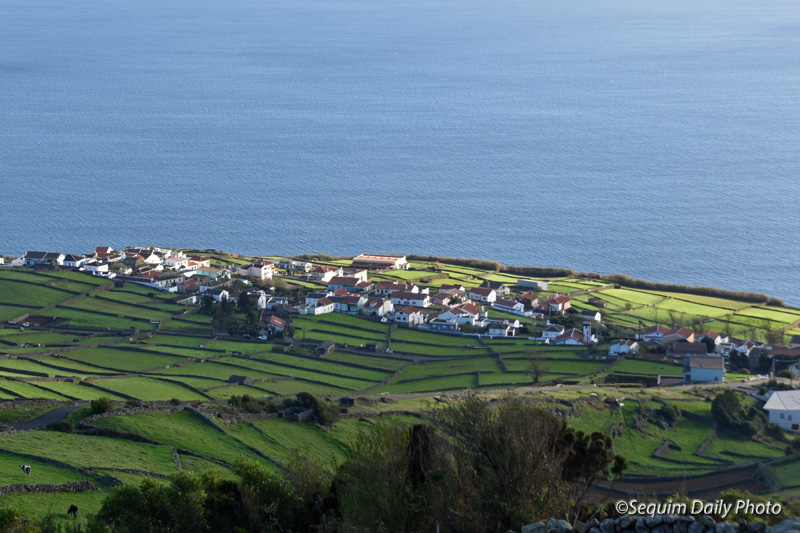
The island is dotted with small coastal villages that are surrounded by agricultural lands – a lot of dairy and beef farming.
